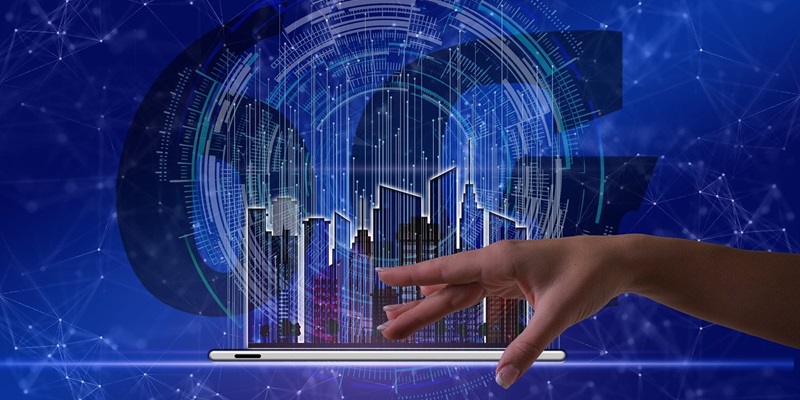Imagine a world where download speeds reach astonishing heights—so high that transferring an entire terabyte of data takes merely a single second. This is the reality that 6G technology promises as it builds upon the foundation laid by 5G. With research and development making strides, 6G is set to revolutionize how we think about connectivity and the technology that surrounds us. From high-resolution holographic communications to real-time virtual reality (VR) on mobile devices, the potential applications are both vast and groundbreaking.
The Transformation of Smart Devices
Hyper-Connected Intelligent Machines
Smartphones have already become an essential part of our daily lives, acting as mini-computers in our pockets. However, with the advent of 6G technology, these devices will evolve into hyper-connected intelligent machines capable of far more than we can currently imagine. By integrating artificial intelligence (AI) for real-time decision-making and predictive user assistance, 6G promises to elevate the functional capacities of smartphones significantly.
This evolution will manifest in seamless user experiences, where devices anticipate needs and provide solutions before users even realize the necessity. Imagine a smartphone automatically adjusting its settings to optimal configurations based on detected user patterns or environmental conditions. In this hyper-connected ecosystem, devices will communicate more intelligently, fostering a network of interlinked smart gadgets that collaborate to enhance our daily routines. Such advancements will not only redefine our interactions with technology but also herald a new era in personal convenience and efficiency.
Impact on Healthcare and Transportation
6G technology’s influence will extend far beyond individual devices, permeating various industries and transforming their operational paradigms. In healthcare, for instance, near-instantaneous data transfer will enable remote surgeries performed by specialists who can operate robotic instruments from miles away. These advancements are set to make high-quality healthcare accessible even in the most remote locations, bridging gaps that have long been deemed insurmountable.
Transportation will also witness significant advancements, with responsive autonomous vehicles becoming a staple on our roads. The ultra-low latency of 6G networks will allow these vehicles to communicate with each other and with infrastructure in real-time, reducing accidents and enhancing traffic flow. Imagine city streets where traffic lights, road signs, and vehicles operate in perfect harmony, guided by an intricate web of real-time data exchange. These developments promise not only to make transportation more efficient but also to significantly improve safety and reduce congestion.
Challenges and Considerations
Educational and Digital Divides
While the prospects of 6G are undeniably exciting, the technology also brings potential challenges that must be addressed meticulously. One such area is education. 6G could enable interactive, immersive learning environments that revolutionize the educational experience. Virtual classrooms could become the norm, providing students with unprecedented access to resources and interactive learning tools. However, without equitable access to this technology, there is a risk of widening the existing digital divide, further separating those with access to advanced technologies from those without.
Ensuring that educational institutions across the socioeconomic spectrum can integrate and leverage 6G technology will be pivotal. Policies and initiatives must be designed to facilitate widespread access and adoption, so the benefits can extend to every student, regardless of their background. Otherwise, the promise of improved education through technology risks leaving behind the very communities that could benefit the most from such advancements.
Environmental and Privacy Concerns
In tandem with the advancements and potential of 6G technology, we must also consider the environmental and privacy implications. The infrastructure required to support 6G technology may have a significant environmental impact, necessitating sustainable practices in its deployment and maintenance. Furthermore, the increased connectivity and data transfer capabilities bring heightened concerns regarding data privacy and security. As these technologies evolve, robust regulations and safeguards will be essential to protect users’ data and ensure their privacy is maintained. Understanding the environmental footprint and privacy risks associated with 6G will be critical as we navigate the path toward this new frontier in connectivity.

